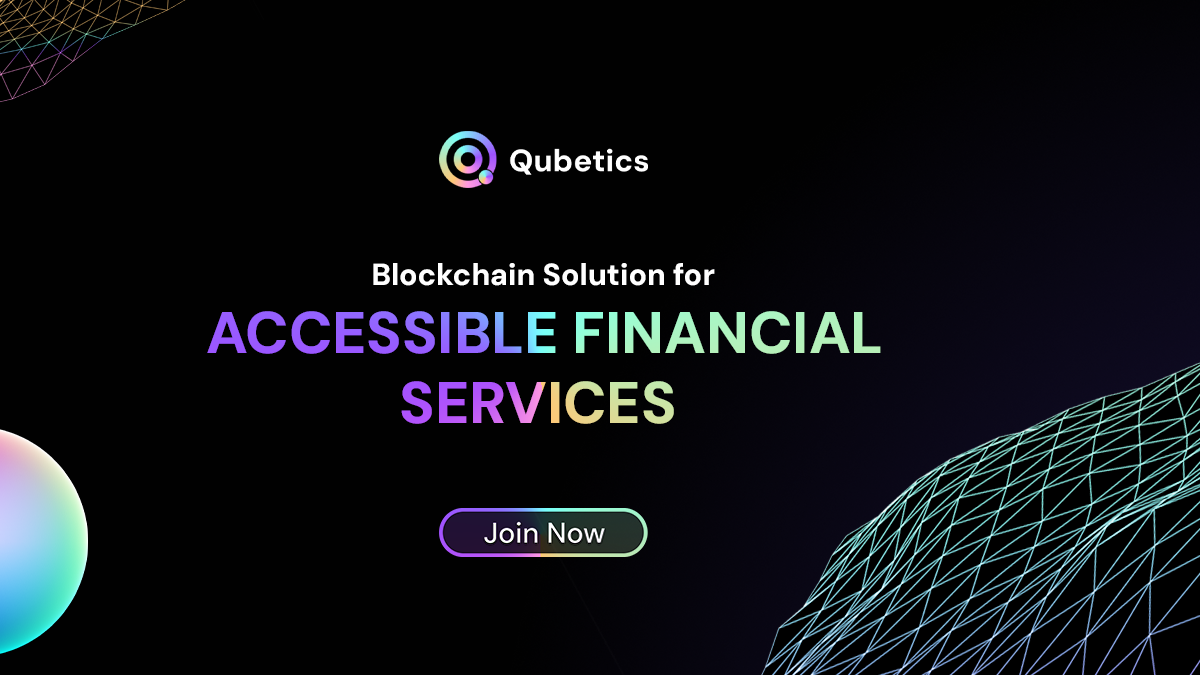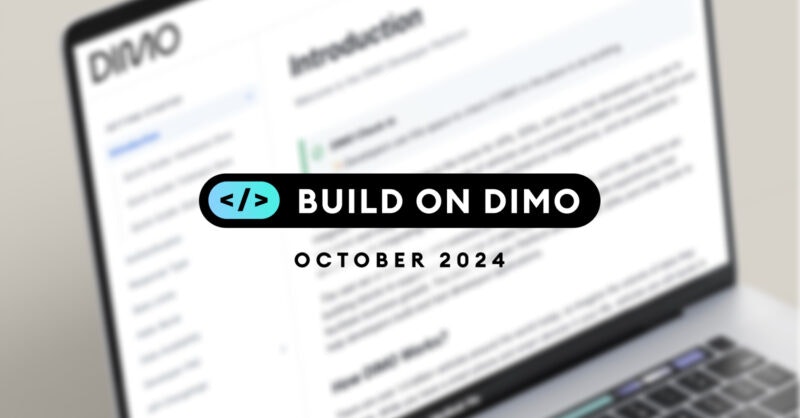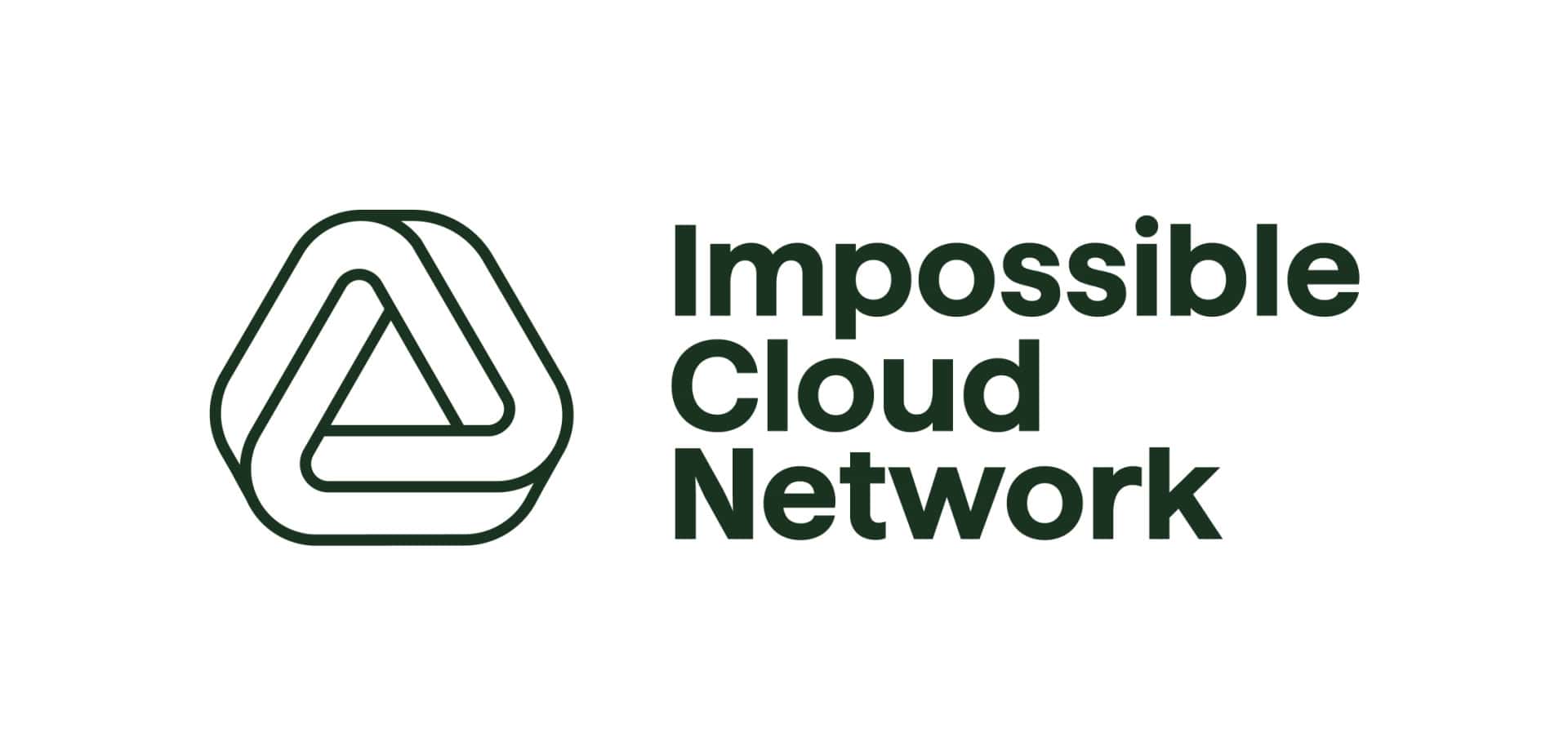Latest DePIN Funding News

6 months ago
Bitcoin ETFs Near 1M BTC as Market Developments Unfold
In recent developments within the cryptocurrency market, Bitcoin Exchange-Traded Funds (ETFs) have reached a significant milestone, nearing 1 million BTC under management. This surge has seen BTC ETFs gain an impressive $188 million, while Ethereum ETFs have also seen a modest increase of $2 million. Meanwhile, Tesla's stock has soared, reflecting a growing interest in cryptocurrencies among traditional investors. Additionally, Microsoft is set to vote on a potential investment in Bitcoin, although the board has expressed opposition to the move, indicating a cautious approach towards crypto investments in corporate governance.
On the regulatory front, Pennsylvania has passed a bill aimed at protecting crypto rights, signaling a positive shift for the industry in the state. However, concerns have arisen as reports suggest that a US crypto wallet may have been exploited, highlighting the ongoing security challenges within the sector. In terms of innovation, Kraken is preparing to launch its own Ethereum Layer 2 solution, which could enhance transaction speeds and reduce costs for users. Furthermore, Toly has announced that AI will leverage crypto rails to manage various projects, showcasing the intersection of technology and finance.
In other notable news, Uniswap has launched a bridging service connecting nine different chains, facilitating smoother cross-chain transactions. Ankr has integrated the TON blockchain into its Web3 API, expanding its service offerings. Meanwhile, a Binance executive has departed from Nigeria, reflecting the challenges faced by crypto exchanges in navigating local regulations. Lastly, the city of Lugano has unveiled a statue of Satoshi Nakamoto, celebrating the legacy of the Bitcoin creator and the impact of cryptocurrencies on the global financial landscape.

6 months ago
The Rise of Decentralized Physical Infrastructure Networks (DePIN)
The concept of Decentralized Physical Infrastructure Networks (DePIN) has gained significant attention in 2024, although its roots trace back further. The term DePIN was popularized in late 2022 by Messari, which categorized various projects under this umbrella. Among the pioneering DePINs, Helium stands out with its extensive network of over 996,000 routers and a market cap exceeding $1 billion for its HNT token. Helium exemplifies the practical benefits of decentralization, providing localized 5G coverage that traditional telecom infrastructures often overlook. This shift towards decentralized solutions reflects a growing recognition of the value they bring beyond mere security and resistance to censorship.
As the DePIN landscape evolves, experts like Álvaro Gracia and Sean Carey are exploring new categorizations for these networks. They distinguish between 'bespoke' networks, which require specific hardware like Helium, and 'commodity' networks that can operate on everyday devices, such as smartphones. Projects like NATIX and Wingbits illustrate this trend, enabling users to earn tokens by contributing data through their devices. These innovations suggest that the potential for disruption in the DePIN space is vast, particularly as more individuals can participate without the need for specialized infrastructure.
Looking ahead, DePINs are poised to transform various sectors, including electric vehicle (EV) charging infrastructure. With EV adoption outpacing the establishment of public charging stations, decentralized solutions are emerging to connect EV owners with private chargers. Initiatives like PowerPod leverage token incentives to encourage participation, while Minima explores a model where tokens manage access rather than serve as payment. This approach could redefine how users interact with charging infrastructure, blending decentralized technology with traditional fiat payment systems, thus broadening the appeal and usability of DePINs in everyday life.

6 months ago
Exploring the Potential of OZO, Mil.k, and TOMI in the Blockchain Space
The blockchain landscape is rapidly evolving, with numerous projects vying for attention. Among these, OZO, Mil.k, and TOMI have emerged as notable contenders, each presenting unique propositions that could potentially lead to significant returns. This article delves into the core attributes of these three tokens, exploring their potential to achieve a remarkable 20X growth.
OZO, or Ozone Chain, is built on quantum-resistant technology, positioning it as a robust investment for the future. Analysts predict that as more users adopt OZO, demand will surge, driving up its price. Currently trading at $0.2304, OZO boasts a low volatility rate of 0.22%. With projections indicating a potential price increase of 227.98% over the next month, reaching approximately $0.766306, OZO is seen as a long-term investment, particularly for industries requiring high-security data solutions, such as healthcare and government.
On the other hand, Mil.k is revolutionizing the loyalty points landscape by providing a platform that connects various reward systems across service providers, particularly in the travel and lifestyle sectors. Priced at $0.2125, Mil.k aims to create a global marketplace for trading loyalty points, addressing the fragmentation issue prevalent in the industry. With expectations of a 20-30% increase in value over the next six months, Mil.k could see its price stabilize around $0.3561. Meanwhile, TOMI distinguishes itself through its decentralized approach, enhancing user privacy and content ownership. Currently valued at $0.03417, TOMI has the potential for a 20-40% growth as it expands its user base and partnerships. Each of these projects holds promise, with the potential to significantly impact the blockchain sector in the coming years.

6 months ago
Emerging Cryptocurrency Projects with Life-Changing Potential
In the rapidly evolving world of cryptocurrencies, identifying projects with real potential can be daunting. However, several projects are emerging as leaders by addressing significant financial challenges. Qubetics ($TICS) is at the forefront, tackling the volatility that has hindered institutional adoption. By utilizing a smart contract-powered token management system, Qubetics ensures price stability, making it an attractive option for financial institutions. The ongoing presale, currently in Phase 5, has already raised over $1.4 million, with token prices set to increase weekly. Analysts predict that if $TICS reaches $10 post-launch, investors could see an astonishing ROI of 62,500%, highlighting the immense potential for early adopters.
Another noteworthy project is Arbitrum, which enhances Ethereum's scalability through its Layer 2 solution. By offloading transactions from the main Ethereum chain, Arbitrum allows for faster and cheaper transactions without sacrificing security. This scalability is crucial as high gas fees continue to plague Ethereum, and Arbitrum's seamless integration empowers developers to deploy decentralized applications efficiently. As the DeFi landscape grows, Arbitrum's role in improving user experience and transaction efficiency positions it as a vital player in the ecosystem.
Stellar and Bittensor also stand out in the crypto space. Stellar focuses on revolutionizing global payments, enabling fast, low-cost cross-border transactions, particularly for the unbanked. Its decentralized network connects financial institutions, facilitating seamless money transfers. Meanwhile, Bittensor is decentralizing artificial intelligence, allowing participants to train and share AI models on a collaborative network. This innovative approach democratizes access to AI and accelerates development. Together, these projects—Qubetics, Arbitrum, Stellar, and Bittensor—offer unique solutions to modern financial challenges, making them worthy of attention in the ever-competitive crypto market.

6 months ago
Filecoin Expands Offerings with New Web Services to Target AI Market
Filecoin, a prominent player in the blockchain space, is set to make significant strides beyond its traditional focus on decentralized storage. The company is reportedly launching a new product called Filecoin Web Services, which aims to create a decentralized cloud marketplace. This strategic move, highlighted in a recent Messari report, positions Filecoin to delve into AI-centered products, thereby broadening its offerings and potentially enhancing the demand for its FIL cryptocurrency. The report indicates that this expansion will facilitate easier access to decentralized solutions for developers, aligning with current trends in AI and decentralized infrastructure within the blockchain ecosystem.
Despite the expansion, Filecoin's core service of decentralized storage continues to show robust utilization. In Q3 2024, storage utilization surged to 29.6%, a significant increase from just 4.1% in Q1 2023. This growth can be attributed to a rise in the number of large dataset clients, which now totals 518, each subscribing to over 1,000 TiB. However, the overall storage capacity has seen a decline, dropping from 13.8 billion EiB to 5.4 billion EiB during the same period. This dynamic suggests that while Filecoin is expanding its service offerings, it is also navigating challenges related to storage capacity.
In the broader cryptocurrency market, FIL has struggled to maintain bullish momentum, trading at $3.59 after a notable decline of 10.21% over the past week. This downturn has overshadowed recent gains, as investor interest has shifted towards other narratives, particularly those involving memecoins and AI. As Filecoin ventures into new growth segments, the long-term impact on its competitiveness and the demand for FIL remains to be seen. While the immediate outlook may be challenging, the expansion into AI and decentralized services could ultimately enhance Filecoin's attractiveness to investors in the future.

6 months ago
Emerging Crypto Trends for 2024: A Look Ahead
The crypto market is experiencing a surge of optimism as we move into 2024, with Bitcoin reaching new all-time highs and Ethereum receiving regulatory approvals for spot ETH ETFs. This positive sentiment has sparked discussions about the future of the crypto landscape, highlighting key narratives that are expected to shape the industry in the coming years. Among these trends, decentralized social platforms, restaking, data availability layers, decentralized physical infrastructure networks (DePIN), tokenization of real-world assets (RWA), artificial intelligence (AI), and political memecoins are emerging as significant drivers of both buzz and utility.
Decentralized social platforms are gaining traction as they offer users censorship-free environments and control over their data. Platforms like Warpcast and Friend.tech are leading this movement, allowing users to migrate their content and followers seamlessly. Meanwhile, restaking, a concept pioneered by EigenLayer, allows validators to lock up liquid staking tokens as collateral, enhancing the security of the Ethereum network while enabling token holders to earn additional yields. This trend has led to the emergence of several competitors in the restaking space, further diversifying the market.
The tokenization of real-world assets is another trend that is gaining momentum, with major players like BlackRock entering the space. By representing assets such as real estate and fine art as digital tokens, tokenization facilitates fractional ownership and enhances liquidity. Additionally, the AI narrative continues to grow, with projects like Fetch.ai and Bittensor focusing on creating decentralized AI solutions. Lastly, political memecoins have captured the attention of investors as they satirize political figures, reflecting the speculative nature of the crypto market. As 2024 unfolds, these narratives will likely continue to evolve and influence the crypto ecosystem significantly.

6 months ago
DIMO Network: Empowering Developers and Innovating the Automotive Industry
In the aftermath of the ETHOnline hackathon, the DIMO developer community is buzzing with excitement and innovation. Developers are actively engaging with the DIMO team, sharing ideas and proposals for continuous development on the platform. Notably, one developer is collaborating on a data insight layer that promises to enhance the experience for all developers, while another is working on a no-code solution for DIMO APIs. Additionally, many developers have applied for the DIMO Ignite Grants Program, seeking funding for their innovative business proposals. This vibrant developer activity underscores the core mission behind the DIMO Network: to foster a thriving ecosystem for developers.
As the DIMO team progresses with their developer roadmap, significant milestones are being achieved. The upcoming launch of the Global Accounts project, implemented as Accounts API, is a key highlight. This RESTful API service will facilitate the creation of DIMO accounts, allowing users to register a signer account and provision a smart contract wallet. With a focus on user security, the signer wallet is protected by Turnkey’s policy engine, ensuring that only the end user has control. Furthermore, the integration of a fiat-to-crypto on-ramp using Stripe will streamline transactions, making it easier for users to engage with the DIMO ecosystem.
The introduction of the DIMO Transactions SDK marks another major advancement, providing developers with the tools to execute on-chain transactions seamlessly. This SDK supports both React Native and web applications, enabling developers to send DIMO tokens, mint vehicles, and manage ownership permissions without switching between applications. By allowing applications to sponsor on-chain transactions, the DIMO Transactions SDK alleviates concerns about gas fees for end users. As the DIMO Engineering team continues to innovate and revolutionize the automotive industry, the community is encouraged to join the conversation and contribute to the development of this exciting network.

6 months ago
Roam: Pioneering Decentralized WiFi Roaming and Telecom Infrastructure
Roam, a decentralized WiFi roaming network, is emerging as a key player in the DePIN (Decentralized Physical Infrastructure Network) ecosystem. Unlike other projects that focus on niche areas, Roam aims to create a global open wireless network that supports decentralized telecom services. A significant challenge in decentralized systems is the manipulation of location data, particularly in gaming, where users exploit GPS systems to bypass geographic restrictions. Roam addresses this issue by employing decentralized identities (DIDs) and verifiable credentials (VCs) to ensure accurate GPS data, thereby reducing the risks associated with location-based exploits.
Currently operational in over 190 countries with around 750,000 self-deployed nodes, Roam connects users to a vast network of 3.5 million OpenRoaming™ nodes. The Roam app facilitates seamless connectivity, allowing users to automatically connect to available nodes without repeated logins. Central to Roam's protocol is its user identity verification system, which creates a digital identity upon app installation. This system ensures that user identities are verified each time they access a WiFi node, enhancing security and privacy across the network.
Roam's ambitions extend beyond WiFi services, as it seeks to establish itself as a decentralized telecom data layer, similar to how Layer 1 blockchains provide infrastructure for decentralized applications. The network collects and records user data on the Solana blockchain, contributing to a decentralized ledger of telecom data. Roam also encourages community participation through a mining system that rewards users with Roam Points for operating WiFi nodes. With a vision to become a public utility within the DePIN sector, Roam is poised to play a crucial role in the future of decentralized networks, fostering an open-access model that attracts more projects to its ecosystem.

6 months ago
Impossible Cloud Network Launches Incentivized Testnet to Drive Decentralized Cloud Adoption
Impossible Cloud Network (ICN) has announced the launch of its incentivized testnet, marking a significant step towards establishing itself as a leading decentralized cloud infrastructure provider. With a strong foundation built on the expertise of Impossible Cloud GmbH, which serves over 1,000 enterprise clients, ICN aims to leverage its web2 experience to create a scalable, multi-service cloud platform. The testnet invites blockchain developers and community members to engage with the platform, providing a hands-on environment to explore features and contribute to its development ahead of the mainnet release scheduled for next year.
The testnet serves two primary objectives: refining the platform for stability and functionality, and enhancing community engagement. By simulating real-world conditions, ICN aims to onboard more validators, ensuring a smooth transition to the mainnet. Participants will have the opportunity to contribute to performance improvements while being recognized for their efforts. A FairDrop mechanism will reward the top 20,000 contributors with a share of 10.5 million ICNT tokens, emphasizing genuine contributions such as bug reports and feature testing.
Backed by notable investors, including 1kx and HV Capital, Impossible Cloud has successfully raised $18 million to date. The company plans to further decentralize its network through a node sale and the introduction of a native token for decentralized governance. With its innovative approach, ICN is poised to provide an enterprise-grade alternative to traditional cloud providers, aiming to become a decentralized leader in the cloud services space, akin to AWS but with a community-driven focus.

6 months ago
Vitalik Buterin Outlines Ethereum's Path to a Unified Ecosystem
Ethereum co-founder Vitalik Buterin has recently highlighted the significant challenges facing the Ethereum network, particularly the urgent need for a unified ecosystem. In his latest insights, he discusses the future goals of Ethereum, especially during an upcoming phase known as "The Surge." This phase aims to enhance scalability, enabling swift cross-chain transfers and creating a more cohesive user experience. Buterin points out that Ethereum's biggest hurdle is its fragmented ecosystem, which currently consists of various Layer 2 (L2) solutions, each with unique features. He envisions a future where these solutions achieve interoperability, allowing them to function as a single, cohesive unit rather than 34 separate blockchains, ultimately fostering innovation and improving user experience.
The ambitious goals of "The Surge" include achieving over 100,000 transactions per second (TPS) across both Layer 1 (L1) and Layer 2 solutions. However, Buterin emphasizes that this scalability must not compromise decentralization and security, which are core properties of Ethereum. He advocates for the integration of L2 solutions that maintain trustlessness, openness, and resistance to censorship. Additionally, Buterin stresses the importance of scaling the base chain, as a highly scalable L2 could pose risks if L1 struggles to process transactions. Instead of merely increasing the gas limit, he proposes making specific computations cheaper while preserving decentralization, suggesting improvements like multidimensional gas pricing.
Furthermore, Buterin underscores the necessity of enhancing user experience within the Ethereum ecosystem. He believes that using L2 networks should feel seamless, allowing users to send tokens across chains without the technical burden of manual bridging. As Ethereum transitions from a monolithic roadmap to a rollup-centric approach, Buterin acknowledges the unique challenges this shift has introduced. The recent Dencun upgrade has been pivotal in scaling Ethereum, but it also raises concerns about siphoning users from the mainnet. Ultimately, Buterin's vision for Ethereum is to address these challenges while preserving its foundational values, ensuring that the evolution towards an L2-dominated ecosystem does not compromise what makes Ethereum unique.
Signup for latest DePIN news and updates